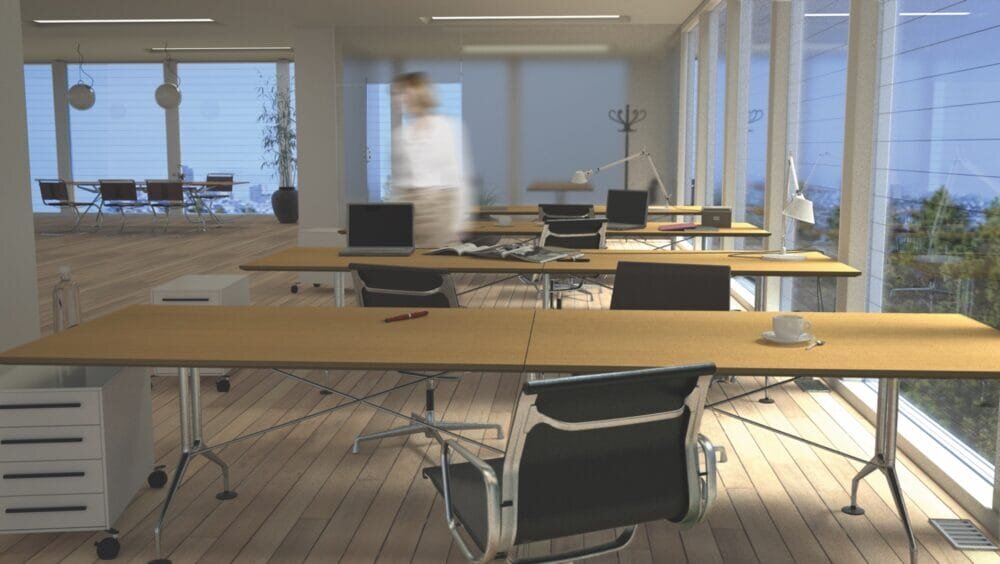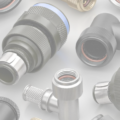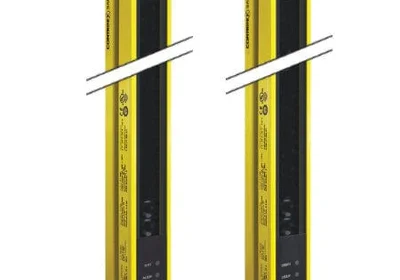
Karl Martinson, Director of Business Development – North America, micrometal Etching Group
This article looks at the unique characteristics of photo-chemical etching (PCE) and how it allows for the production of very thin filters with variable hole geometries that can be varied within a single pattern. This allows its creative use in the management of light and sound in a variety of applications.
LIGHT MANAGEMENT
Light transmission and attenuation, especially angle-dependent, can be difficult to manage depending on the size limitations and space constraints available. The unique characteristics of PCE — enhanced by micrometal — allow for the production of very thin metal panels that can transmit, attenuate, block, and even focus or re-direct light depending upon incoming angle. All with no moving parts or power requirements. Light transmission of up to 90%, and near-complete attenuation can be achieved in the same panel, and creative design options can enable unique manipulation of light.
Thin filters with holes of varying angles, shapes, and patterns, crafted through PCE offer innovative solutions for advanced light management. The ability to design holes with multiple geometries and angles within a single pattern or array on a panel enables the manipulation of light in complex and highly specific ways. For example, varying hole angles can influence the directionality of light, allowing for beams to be blocked, refracted or reflected in targeted directions. Different hole shapes and patterns can control the intensity, diffusion, and spread of the transmitted light. A great example is lamination of these types of panels on top of or within window glass, where sunlight can be blocked at peak times of day and allowed to pass at others, minimizing heating and cooling costs.
When these filters are applied in optical systems, displays, or advanced lighting setups, they can provide tailored illumination profiles, precise beam shaping, and controlled light dispersion. The ability to have diverse hole shapes and angles within one pattern can also be critical in applications like spectrometry, where light must be separated into its constituent wavelengths in specific patterns.
PCE is a superior technology choice for producing such intricate filters due to its unmatched precision and adaptability. Unlike mechanical methods, which can struggle with maintaining accuracy over complex patterns, PCE uses a chemical process that can faithfully reproduce even the most intricate designs without inducing mechanical stress or deformation. The process is also burr-free, ensuring that the edges of the holes are clean, which is crucial for precise light management. Furthermore, PCE can handle diverse metals, granting designers the flexibility to select materials based on their individual mechanical properties. The combination of precise design replication, clean etching results, and versatility in material selection makes PCE the go-to choice for creating high transmission thin wall filters with multifaceted hole configurations for sophisticated light management applications.
Such thin wall filters with intricate hole geometries can be employed to create light patterns on surfaces or to produce visual effects. When sunlight or artificial light sources pass through these filters, the variable angles, shapes, and patterns of the holes dictate how the light will be dispersed or concentrated upon emerging from the filter. This results in myriad possible patterns or effects on the receiving surface, ranging from focused beams to intricate shadows or diffused light gradients. The diversity of hole designs within a single filter can further enrich the resultant patterns, enabling the creation of complex and dynamic visual experiences. Such capabilities can be advantageous in architectural designs for decorative illumination, in theatrical productions for mood lighting, or even in commercial spaces where unique lighting can enhance branding or ambiance. The precision and customization offered by these filters make them powerful tools in the hands of designers and artists looking to harness light in novel and impactful ways.
Closely spaced precision holes in filters, crafted through techniques like PCE can also serve as locators or guides for micro light sources in high-resolution displays. Such configurations can be instrumental in microLED or miniLED display technologies where individual tiny LEDs act as the pixels. By aligning each microLED with the precisely etched holes, designers can ensure uniformity in light emission, optimize pixel density, and achieve superior control over each light source. This precision alignment becomes particularly critical in high-resolution displays where the spacing and consistency of micro light sources directly influence the display’s clarity, colour accuracy, and overall performance. In essence, filters with closely spaced holes can act as templates or frameworks, facilitating the meticulous arrangement of micro light sources required in cutting-edge display technologies.
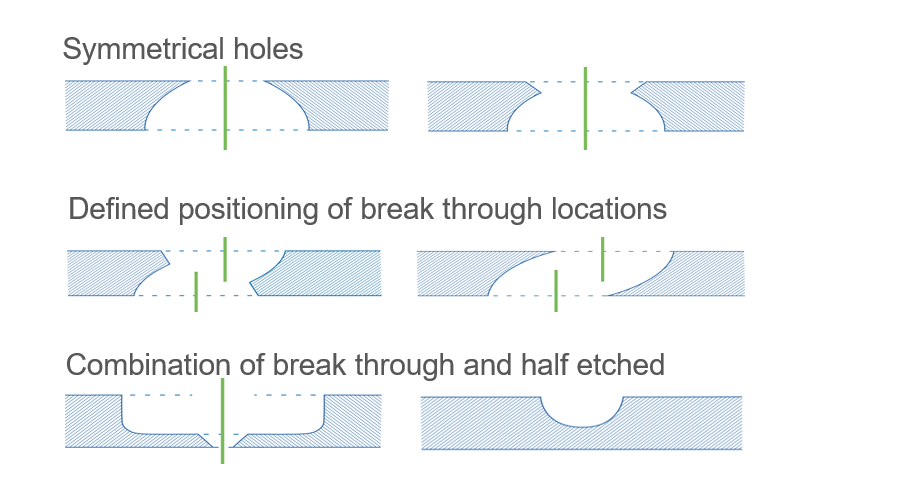
Cross section showing hole shapes and geometries that can be produced using photo-chemical etching
Finally, the fact that our next generation PCE process can also process thin sheet metal materials offer distinctive advantages when fashioned into filters for light management. Their inherent flexibility and minimal thickness allow these filters to seamlessly adhere to curved surfaces, expanding the scope of their applications. In scenarios like automotive displays, wearable technology, or architectural lighting, the ability to conform to non-linear and intricate designs is invaluable. Beyond aesthetic considerations, the slim profile of these materials ensures that they occupy minimal space, making them particularly suited for compact devices or installations where bulkiness could compromise functionality or design integrity.
SOUND MANAGEMENT
OK, we heard you. What about managing sound?
Thinking this through, we certainly believe filters crafted with precise holes and patterns, similar to those discussed for light management, can also find utility in acoustic applications. When applied to sound waves, these filters can act as acoustic meta-surfaces or diffusers, selectively attenuating or redirecting sound from specific angles.
The intricacy of the hole patterns can influence the manner in which sound waves interact with the filter, allowing for the manipulation of acoustic wavefronts. By strategically designing these filters, it becomes feasible to sculpt the acoustic landscape, isolating or emphasizing sounds from particular directions or frequencies. Such capabilities can be pivotal in environments that demand precise acoustic control, be it in sound studios, concert halls, or noise-sensitive industrial settings. Thus, while primarily conceptualized for light, the versatile design principles behind these filters can be innovatively repurposed for sound modulation.
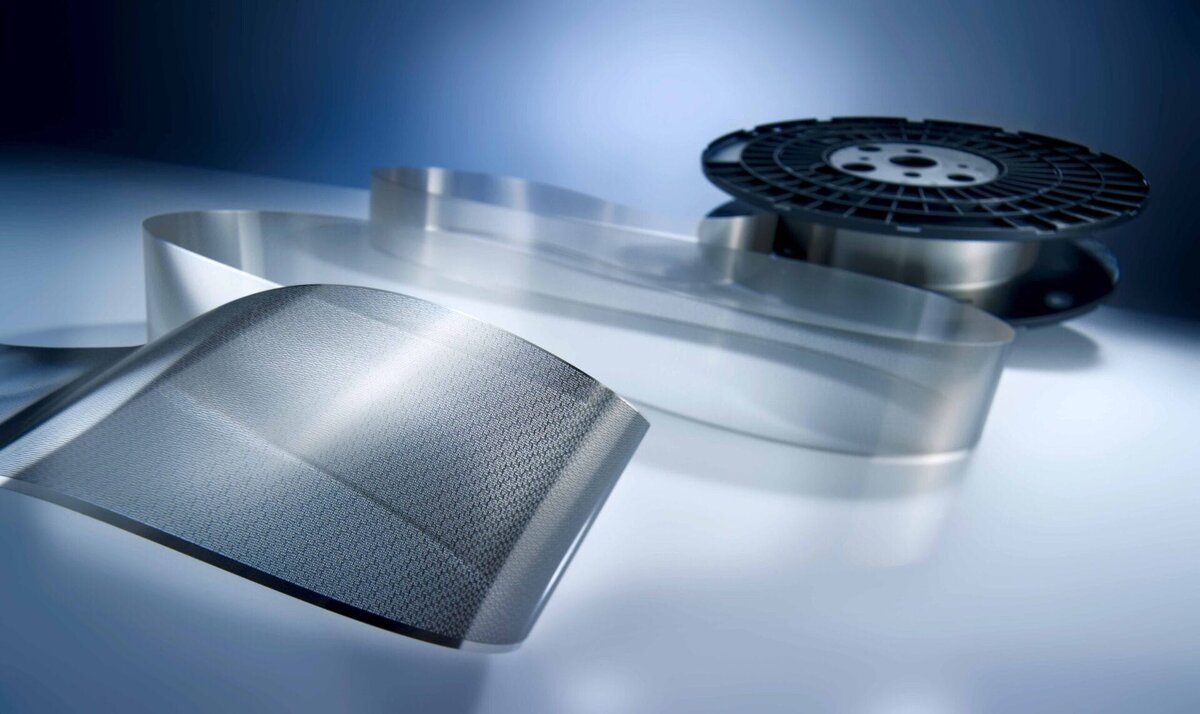
Endlose_Aetzteile
It is also possible that thin filters with meticulously crafted hole geometries and through-angles could also have a pronounced effect on sound wave propagation, particularly in distinguishing between different frequencies. Depending on the size, shape, and orientation of the holes, these filters could act as selective barriers, allowing specific frequencies to pass while attenuating others. For instance, larger hole dimensions might permit lower frequencies to pass, whereas intricate or smaller hole geometries might deflect or attenuate them. Conversely, higher frequencies, with their shorter wavelengths, could either be allowed to pass or be attenuated based on the designed hole characteristics. The through-angle, or the orientation of the holes, could further influence the directionality of both incoming and outgoing sound waves, enabling the redirection of specific frequencies. This frequency-selective behaviour, achieved through tailored filter designs, could be invaluable in applications such as acoustic engineering, speaker design, and noise control, offering a nuanced approach to sound management.
Indeed, thinking outside the box, for acoustic applications, high transmission thin wall filters could be discreetly mounted behind other surfaces, rendering them invisible to the observer while still effectively managing sound propagation. By placing these filters behind wall panels, ceilings, or other architectural elements, their presence could be seamlessly integrated without affecting the aesthetic design of a space. Despite being concealed, the precision-engineered holes and through-angles of the filters can actively influence sound wave interactions, attenuating certain frequencies, redirecting sound waves, or enhancing specific acoustic characteristics. This hidden integration not only maintains the visual integrity of a space but also provides an innovative solution to achieve desired acoustic outcomes without compromising on design aesthetics. Such an approach could be especially valuable in environments like theatres, conference rooms, or residential settings, where both acoustic performance and design elegance are paramount.
Maybe as with light management we have stimulated some ideas where our PCE process could be used to control acoustics. We would be happy to hear what you have to say, and work with you to discover a solution.

